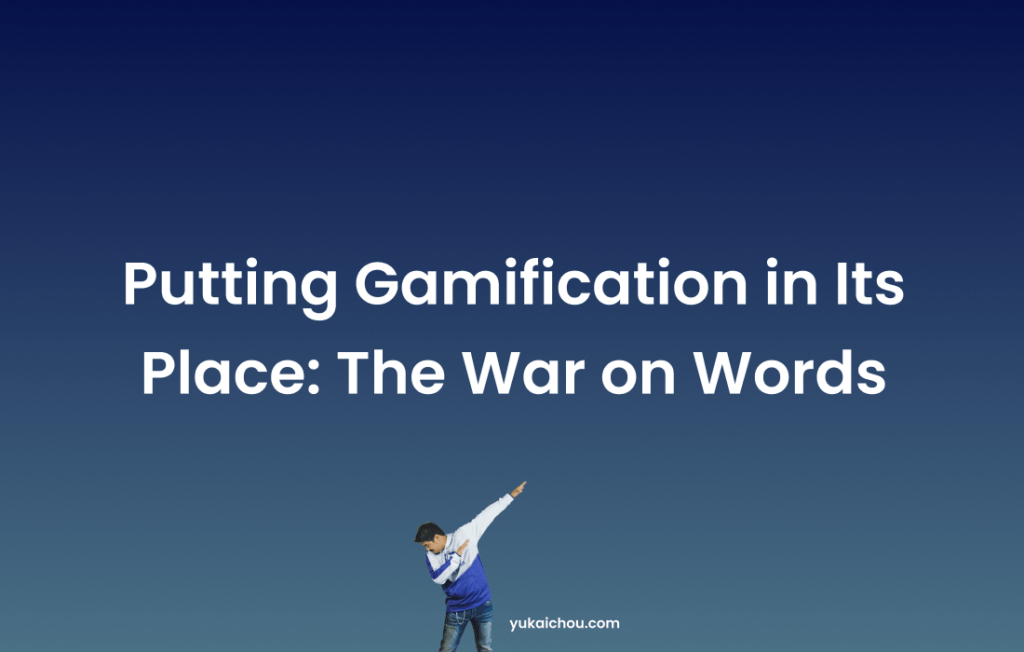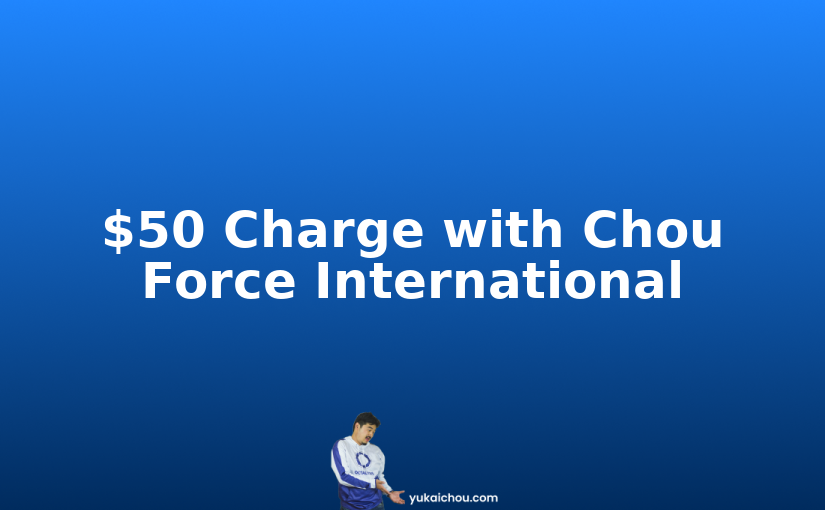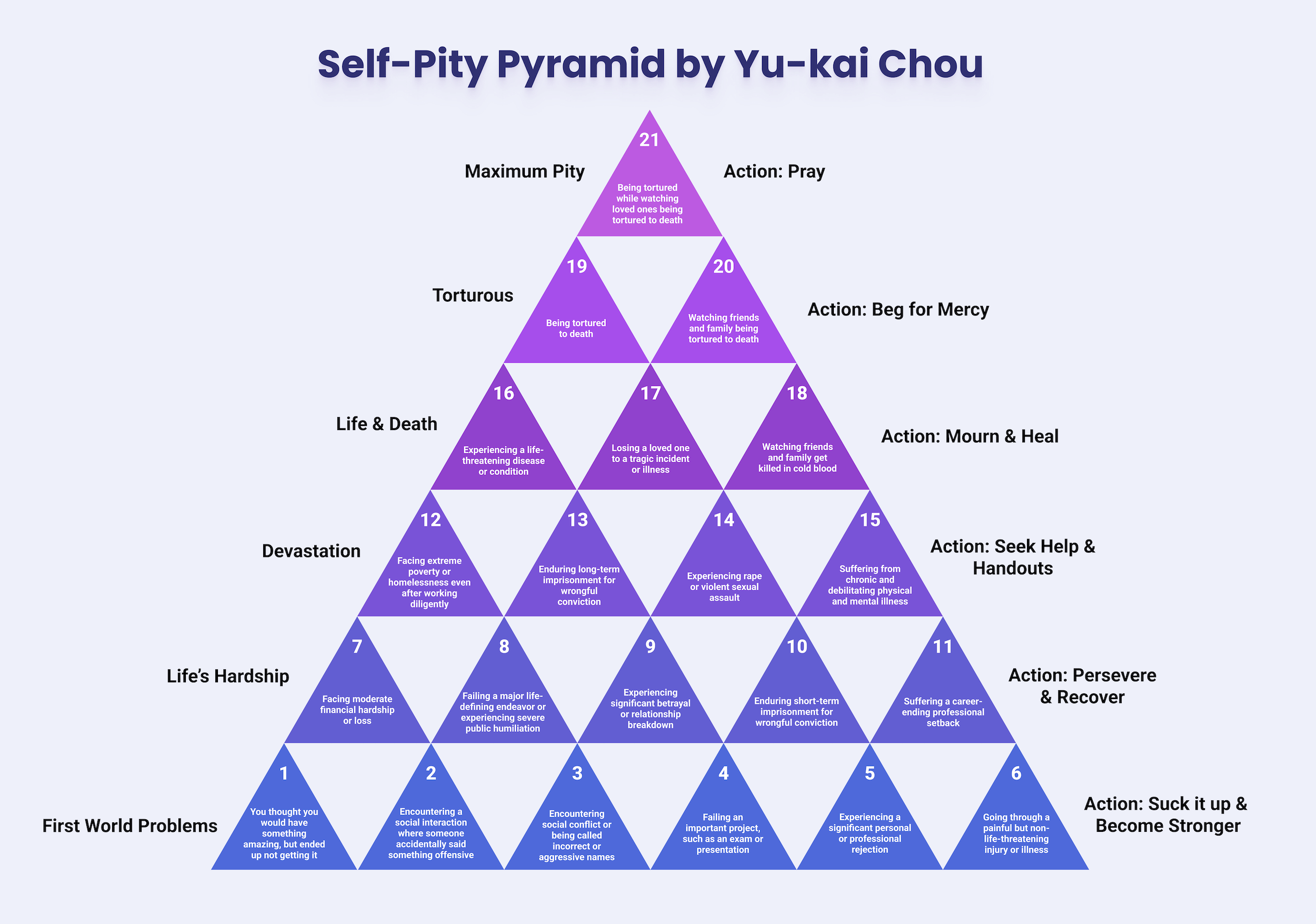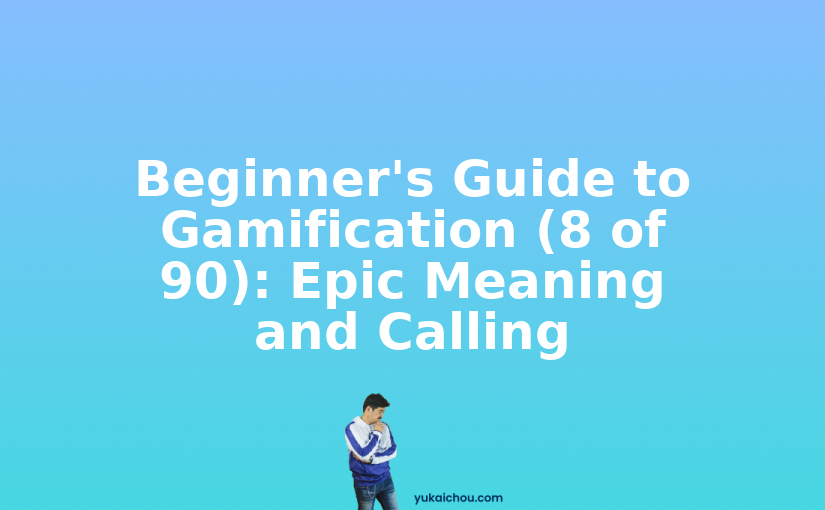This is an excerpt from the second part of the introduction of Actionable Gamification: Beyond Points, Badges, and Leaderboards. Buy a copy hereor listen on Audible.
Putting Gamification in its Place
Before we jump further into deeper experience and engagement design through the 8 Core Drives, I’d like to take a moment to resolve some pressing questions regarding the various forms of gamification campaigns.
While the topic of Gamification is exciting and productive, many people new to the industry have a hard time figuring out what gamification means and how to categorize it.
What if our employees don’t want to play games? Is calling some- thing a quest considered gamification? Is the gamification BlendTech uses to promote its blenders the same as the gamification that eBay uses to make its platform addictive? How do I know what type of gamification works for my company?
All this can be quite confusing to the average reader (which of course, you are not). As Gamification is such an all-encompassing umbrella term for “making things game-like” (by the way, the popular Wikipedia definition is, “the use of game thinking and game mechanics in non-game contexts”10), there are almost no bounds for what it can or cannot be. This allows gamification to be far reaching into all sorts of fields and industries. However, it also invites many critics who are upset about how broad the term can be. They especially criticize that, due to the broad nature of the term, gamification enthusiasts are claiming everything good, fun, motivating, or immersive as something they perform on a professional level.
Before you read on, I want to make a disclaimer that this chapter does not teach you how to gamify an experience towards better results but merely addresses some issues on the language and semantics within the field and my own opinion on the matter. I can’t promise you a definitive conclusion to the debate over what is and what isn’t gamification, but I do hope you leave the chapter with a more rounded understanding of the field.
There are many more fascinating topics on human behavior and good design that excite me more in the chapters to come. Even though it breaks my heart to spend precious time writing about this non-productive topic, I don’t want my readers to be unaware of the greater “Gamification World.”
The War on Words
Back in 2011, gamification notables Gabe Zichermann and Sebas- tian Deterding had a public debate on gamification concepts.
Some background info: Gabe Zichermann is a brilliant marketer, speaker, CEO of the largest Gamification conference in the industry, the GSummit, and is one of the leading evangelists of Gamification and its commercial use.
Sebastian Deterding is the Ph.D. academic that studies the deep theories and motivations of game design and Gamification. He is considered one of the most respected thought leaders in the space.
In this debate of epic proportions, Sebastian Deterding publicly examined each chapter of Gabe Zichermann’s book Gamification by Design, and explained why he considered each chapter to be flawed and/or inaccurate11. Hyperbolically speaking, his blog post on the subject was almost longer than the book itself.
One of Deterding’s critiques was that, contrary to what Zichermann states in Gamification by Design, serious games and advergames should not be considered examples of Gamification. For those who are unfamiliar with these terms, Wikipedia defines serious games as, “a game designed for a primary purpose other than pure entertainment.” In other words, games that are generally built for a productive purpose, such as training, education, healthcare, and the like (Hence, the term “serious”).12.
BusinessDictionary.com defines advergames as, “A video game which in some way contains an advertisement for a product, ser- vice, or company.”13 These are games that basically act as interactive advertisement campaigns which draw potential customers onto a website or into a business. When I refer to “shoot-the-duck banner ads” as early and embarrassing forms of marketing gamification, those banner ads are technically classified as Advergames.
As you can see, both definitions have the word “a game” in them, which seems to go against the core essence of what “gamifying” something means. In my own writings, I talk about how you can gamify anything that involves human motivation, as long as it is not already a game, just like how you can’t liquefy liquid. You can however, apply better game design to games.
So because advergames and serious games are “games,” by that standard you can’t really gamify them. Right?
This is an excerpt from the second part of the introduction of Actionable Gamification: Beyond Points, Badges, and Leaderboards. Buy a copy hereor listen on Audible.









